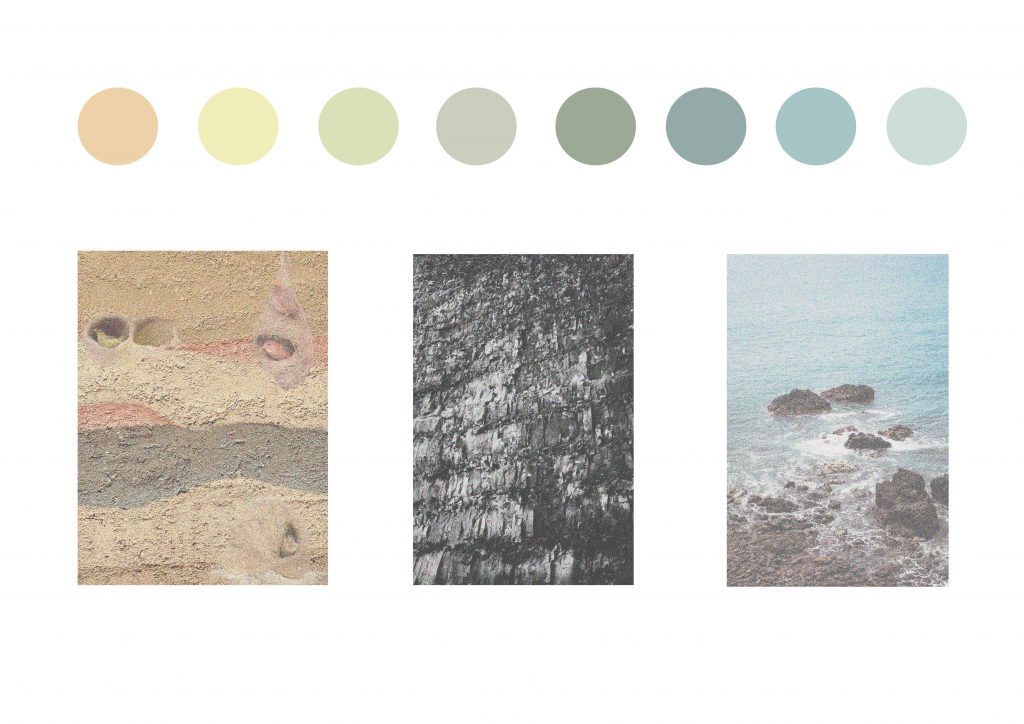The project is located within a disused quarry site, it tells the story of how local people have shaped and sustained themselves from the land for generations. In designing a space that is an extension of the landscape it is placed within, a node that is a part of the surrounding environment, ‘plugging in’ to the ecological system of mutually beneficial elements, the construction of the space and its integrated systems aims to alleviate human contamination on the site (from past quarry use), and educate visitors to allow for a reciprocal relationship between human and site. The site in question is set to erode in the next 50 years, therefore the project is designed for adaptability and deconstructability of all elements including ‘services’ (things that cant be left onsite when unused). The remaining ‘shell’ of the building is constructed entirely out of earth extracted from the site, and is suitable to be left to change with the changing climate. This creates a tangible representation of the realities of coastal erosion, an educational tool for the public, grounding an understanding of the effects of human impact and climate change, recognizing it as a lived experience that needs adaptability, rather than a scientific phenomenon.
(This project was originally submitted for Arc 310, Falmouth University, Term 1, January 11 2024 by 3rd year student Lowenna Banfield-Earp (myself))










